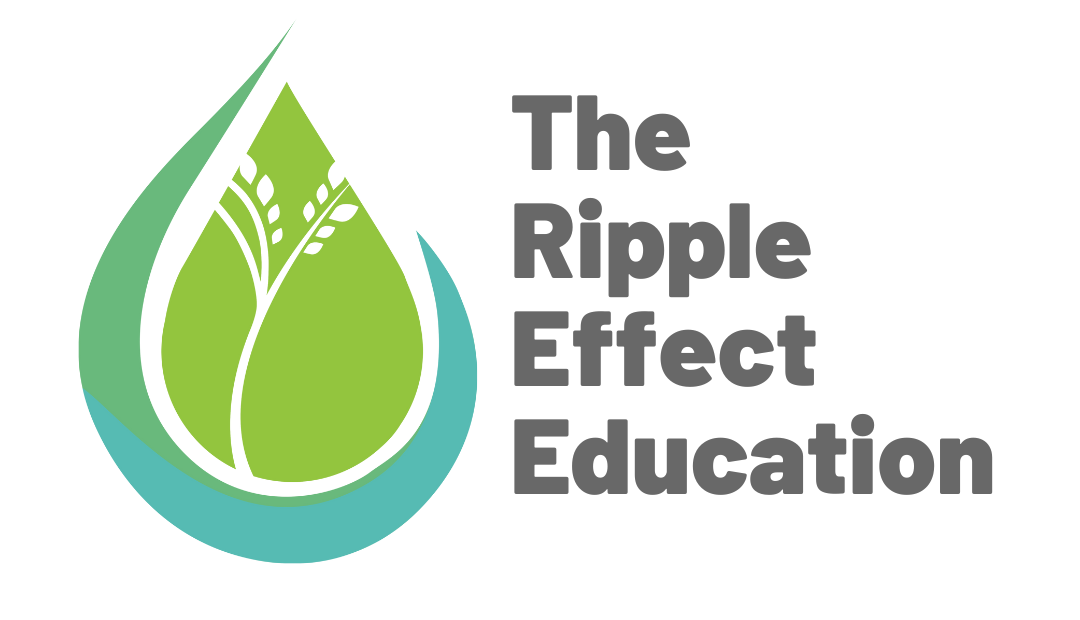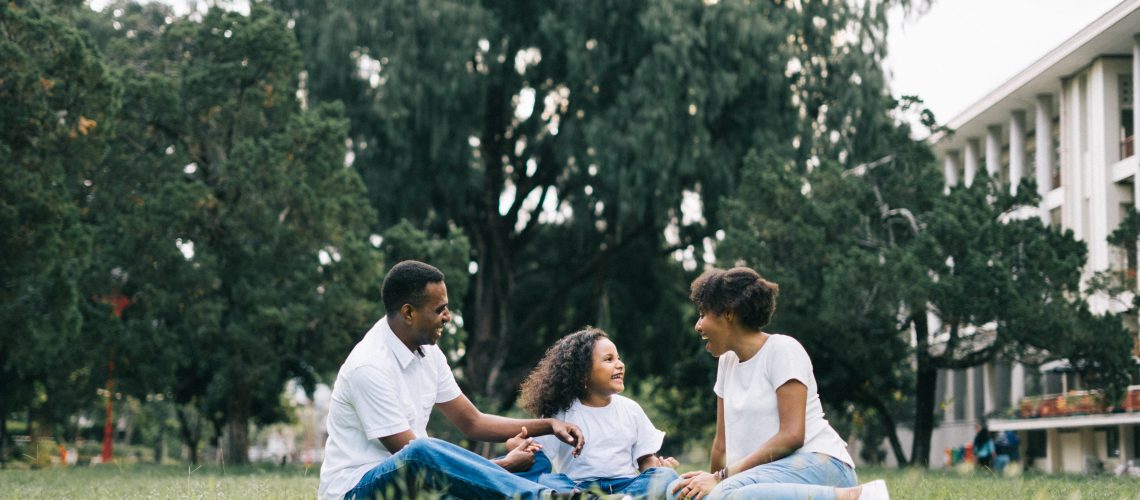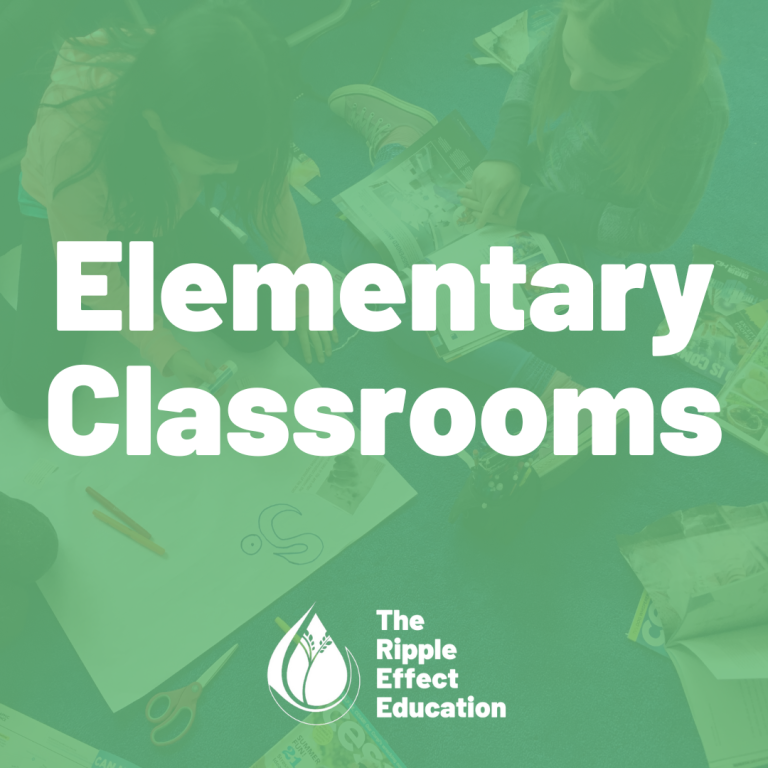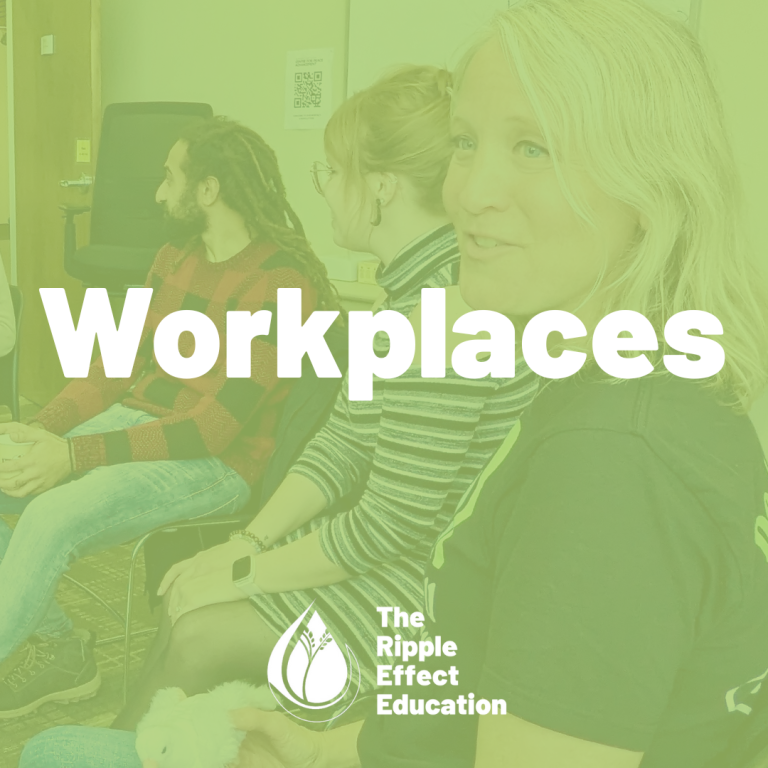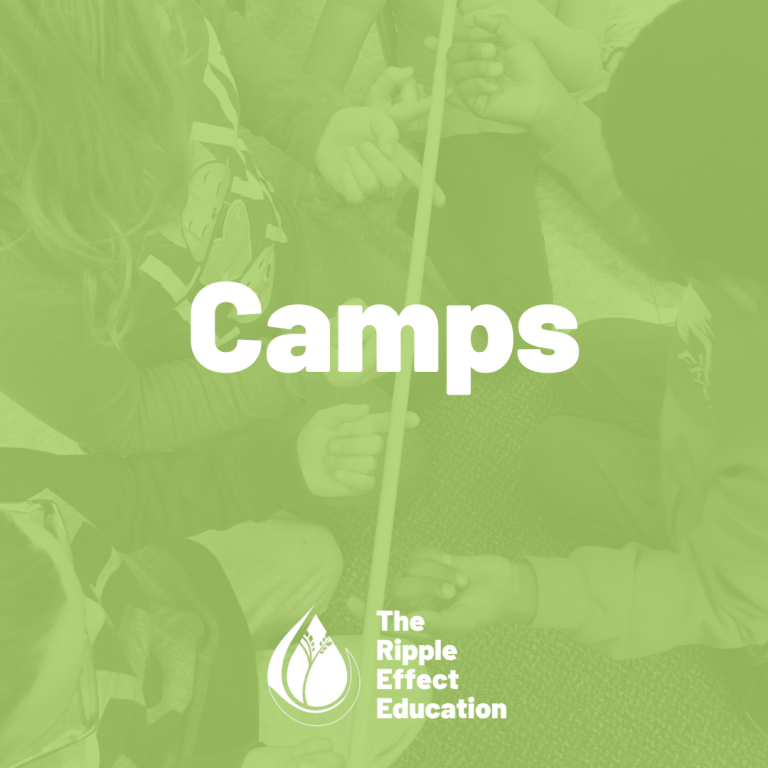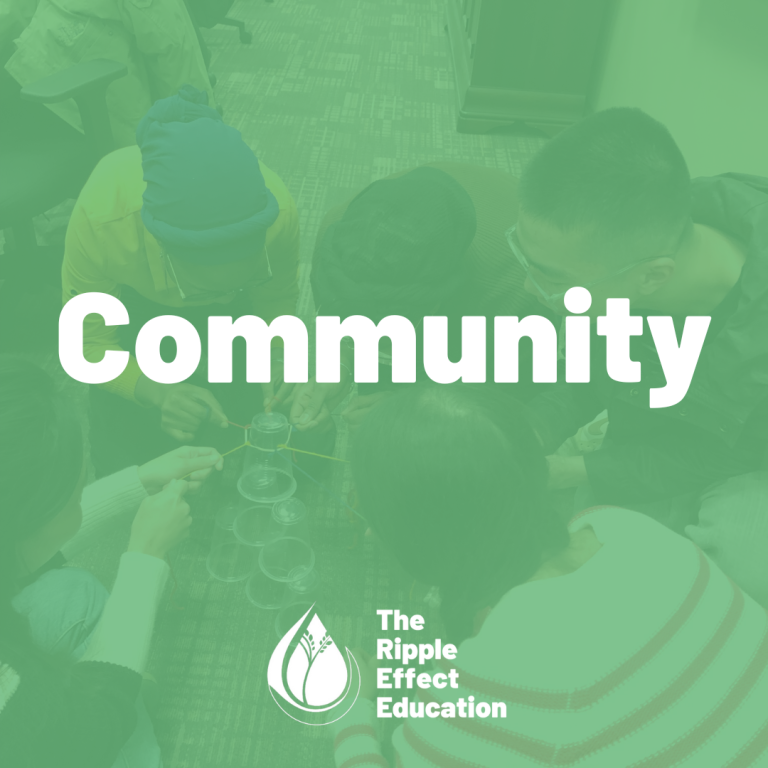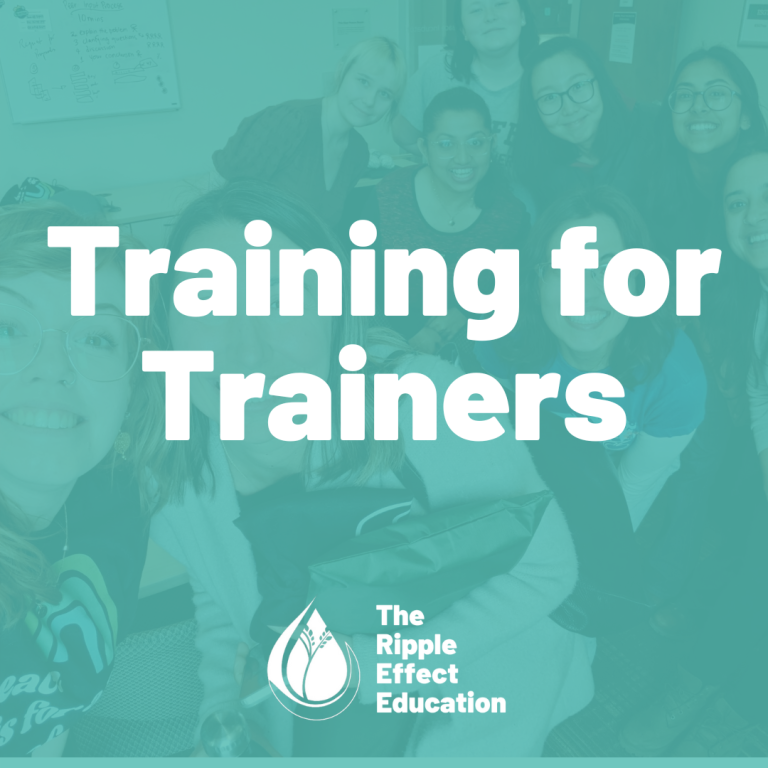In conflict situations, my natural tendency is to avoid the conflict. For me, this would mean avoiding all conversation and interaction with the other party. If I did need to see them, I might act as though the conflict never happened. If you watched me in these situations, you might say, “Wow! She’s a natural.” My conflict avoidance is that good.
While beneficial in some situations, like maintaining safety, or moving past small issues, avoiding conflict typically allows the underlying tension to fester, and therefore to grow, taking up more space in our lives than it ought to. I’m nowhere close to perfect, but I’ve learned to courageously lean in to conflict in my life to maintain respect for myself and for others.
In our last post, we shared our tips to create structure in our lives to come back to conflict conversations when we’ve said, “Let’s talk about this later.” Carving out time in our busy lives for these conversations demonstrates our care for the young people in our lives and the challenges they face in relationship with their friends and peers.
But how do we start that conversation? Here are our tips for beginning the conversation when we’re coming back to conflict.
Step 1: Connect
Start by spending some time connecting with them. Time has passed since you’ve talked about this situation, and there may be changes to what you were anticipating. Get a sense of where they’re at as you begin the conversation.
Potential prompts:
- How are you feeling about today?
- What went well today?
- Are you open to talking about the conflict that happened today?
Step 2: Learn
Spend some time learning more about the problem. With a curious, rather than judging, posture, ask open questions to further explore the situation. Do your best to simply listen, understand and dig deeper.
Potential prompts:
- Earlier, you mentioned that you were upset about (the problem). Tell me more about that.
- How has the problem been sitting with you today? How are you feeling about it now?
- What about the problem is making you feel (frustrated, sad, angry, etc.)?
- What else was happening when the incident happened?
Step 3: Build
Next, build capacity to respond to the situation. Try to avoid dictating next steps, but ask questions that will invite them to think through how they can respond to the person or situation. Be ready to support their decisions.
Prompts:
- How might you respond?
- How might you move forward with this person?
- What do you need from me in order to do that?
We believe this format can be used for young people of any age, with age- and situation-appropriate questions.
How do you make conflict conversations happen? We’d love to hear your thoughts below!
 Katie Gingerich is the founder and director of TREE, and is an active participant of the Kindred Credit Union Centre for Peace Advancement. Since 2012, she has developed peace education programs for camps, community groups, and classrooms, and is passionate about giving youth the tools they need to transform conflict and seek justice.
Katie Gingerich is the founder and director of TREE, and is an active participant of the Kindred Credit Union Centre for Peace Advancement. Since 2012, she has developed peace education programs for camps, community groups, and classrooms, and is passionate about giving youth the tools they need to transform conflict and seek justice.
